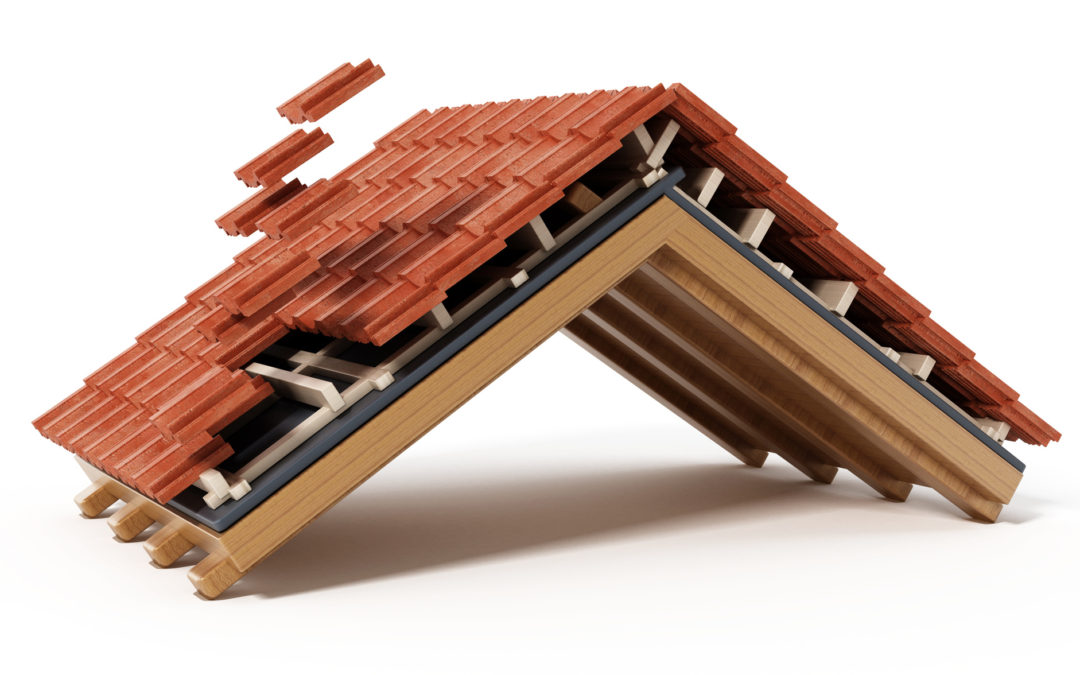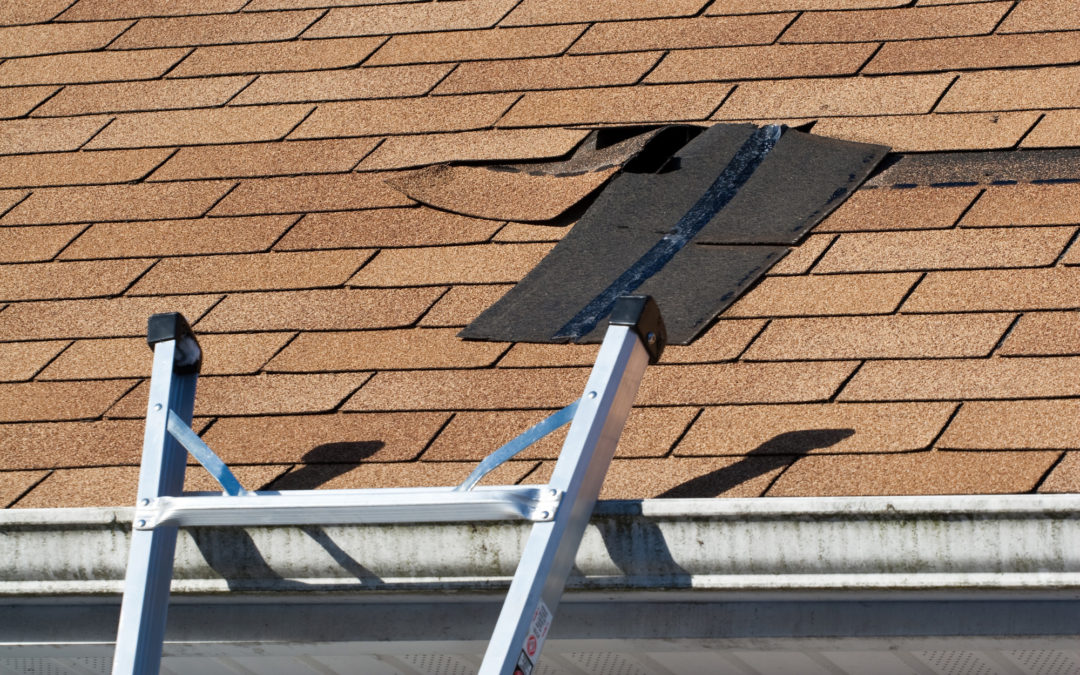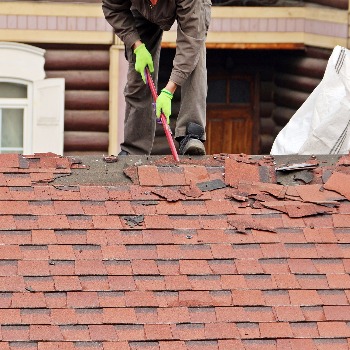Shingles are the element that most homeowners are familiar with as it is the layer you can see from the outside of your home and it is an important aesthetic aspect.
How many layers of roof shingles are allowed in ohio.
The bottom layer shall be 18 inches 457 mm and the top layer a minimum of 36 inches 914 mm wide.
But contractors who spoke with angie s list say best practices call for stripping the roof down to the wood deck to inspect it before installing a new roof.
Asphalt shingles typically can have one more layer added over the top two roofs total.
Section 1511 3 requires that roof replacement shall include the removal of all existing layers of roof coverings down to the roof deck but it does lay out a series of exceptions.
Steep sloped roof products such as tile slate metal and shakes only allow one layer.
In the portland area as of 2018 the current code allows up to three layers if the current layer is in good condition.
Adding this membrane isn t an option with a re roof and the extra layer of shingles offers little protection against ice dams.
On most flat roofs such as epdm tpo or modified it is perfectly acceptable to two layers of roofing.
3 tabs are less expensive but also less durable have lower wind resistance and have a flatter appearance.
Asphalt shingles come in two major types 3 tab and architectural.
However this depends upon the roof materials.
A roofing contractor will know exactly how many layers of roof shingles are allowed in your area for your building but it is normal that you will be permitted up to three layers of shingles.
For instance ohio code chapter chapter 4101.
That limit pertains to roofs with up to a 4 12 pitch.
Most cities and towns allow a maximum of two layers of shingles says chad muth president of muth company roofing in westerville ohio.
For many years it was acceptable to put even the third layer.
Most building codes allow up to two layers of organic or fiberglass asphalt shingles.
Adding a second or third layer of shingles adds significant weight to the structure.
The soundness of the building you re re roofing is another consideration.
In snowy climates most new roofs these days get an ice and water shield a rubbery moisture membrane applied to the sheathing along the eave to protect against ice dams.
When it s time to replace your roof there are several factors that might lead your roofing professional to recommend adding shingles on top of your existing layers.
Finally consider whether reroofing over the old shingles is even allowed where you live.










